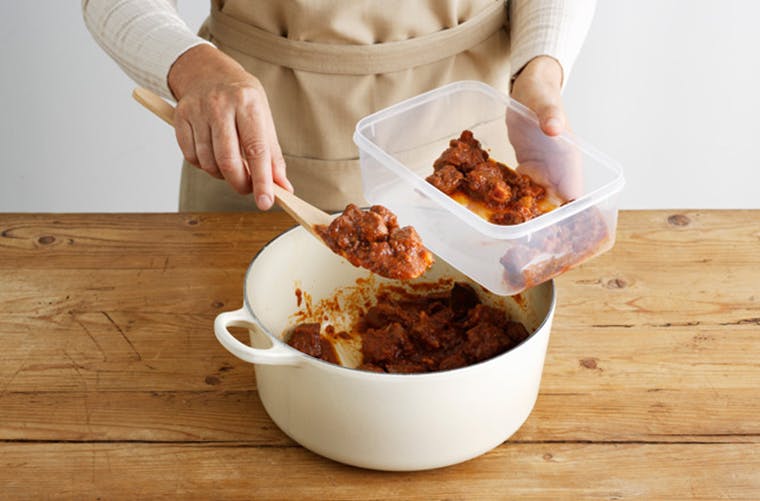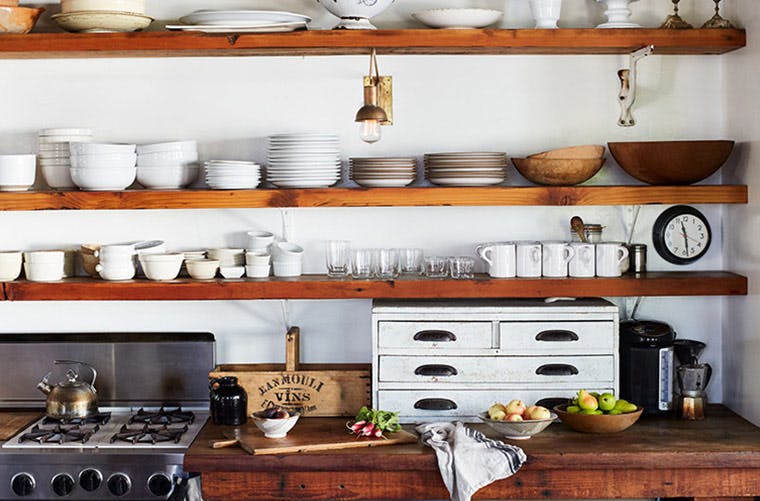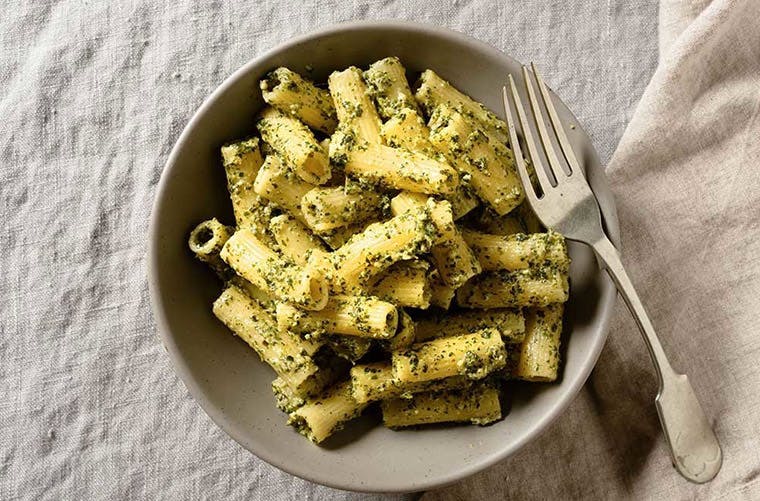5 TIPS FOR GETTING GOOD STORAGE CONTAINERS CLEAN

Tricks for getting rid of those persistent smells and stains.
There's something soothing about a refrigerator shelf neatly stacked with food storage containers. It speaks to the promise of leftovers, their flavors becoming even more delightful as they get a chance to mingle, or brightly colored ingredients greeting you at work when you sit down for lunch.
But a food storage container is not a paper plate, which means there's the inevitable cleaning that comes after you've eaten what was in the container in the first place. If all you stored in the container was brown rice and steamed broccoli, you're in luck: easy cleaning ahead. But if there was any hint of cooking fat involved in the food you stored (or worse, tomato sauce), you've got some more scrubbing to do.
That's because a reusable plastic food storage container has the tendency to hang onto things, like colors and odors. We've all had the experience of sniffing an empty food storage container and being reminded—not in a good way—of the turkey chili that was in it last week. Of course, we would all prefer to get a blank slate after each use, and it is possible, as long as you keep in mind that cleaning a plastic storage container requires a few different methods than cleaning a standard dish in your kitchen.
SPRAY TO PREVENT.
To keep flavored or colored oils from sinking into your plastic containers, spray them lightly with cooking spray before filling them up. That layer will form a barrier between your food and your container.
RINSE RIGHT AFTER USE.
If it's possible (say, if your office has a sink), squirt a drop of dish soap into your container and rinse it with hot water as soon as you've finished your food. The longer any remnants of food stay in the container, the stronger any stains and smells will get. If you are washing at work, skip the shared sponge and use your hands to rub in the soap — it’ll penetrate better, and you won’t have to worry about how long it’s been since that sponge was changed.
SKIP THE DISHWASHER.
For plastic food storage containers, hand washing is best to focus on persistent oily patches. Use dish soap and hot water, which better breaks down the stains, and really scrub using your cleaning tool of choice. You can make a paste of baking soda and water if the dish soap method isn't working. If you do plan to put your containers into the dishwasher, only use the top rack (assuming your container is marked dishwasher safe). Dishwashers tend to warp plastic food storage containers, making lids trickier to snap back onto the containers.
BRING IN THE ODOR ABSORBERS
If dish soap and hot water aren't cutting the smells out of your containers, you can put newspaper, baking soda, or salt into a container, put on the lid, and let it sit overnight. Or, you can leave open containers out in the sunshine to get rid of smells. You can also put white vinegar into the container for a few minutes—just remember to wash the container both before and after you do that.
DITCH THE PLASTIC.
To avoid many of the issues described here, consider switching to glass containers. Glass lasts longer, can usually be popped in the microwave (saving you a dish!) and dishwasher, and doesn't absorb stains and smells in the same way that plastic containers do. (Plus, you can make them look beautiful.) Just keep the above cleaning tips in mind for its plastic lid, which shouldn’t go through the dishwasher.
© Meredith Corporation. All rights reserved.








































